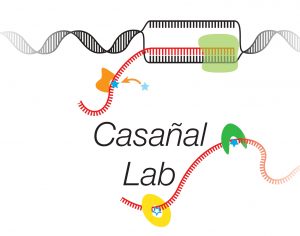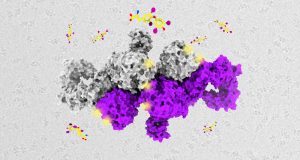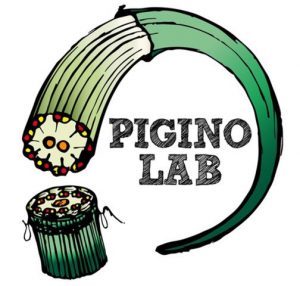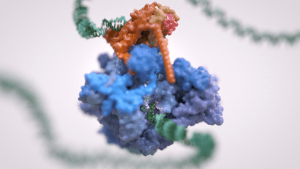
Structural biology
HEAD: Alessandro Vannini ASSOCIATE HEAD: Gaia PiginoHow do molecular machines work, interact and harmonise their activities to give rise to a fully functional cell? How are these processes regulated and how are they compromised in human disease? The Structural Biology Research Centre aims at answering these questions by gaining precise knowledge of the structure of macromolecules and macromolecular complexes, which is essential to understand how they function.
The Structural Biology Research Centre is underpinned by a state-of-the-art cryo-EM facility, employing both single particle analysis (SPA) and cryo-electron tomography (ET) to obtain high-resolution structures of macromolecular structures both in isolation and in the cellular context. We additionally employ complimentary approaches, such as x-ray crystallography, single-molecule fluorescence microscopy, native and cross-linking mass spectrometry as well as a plethora of biophysical tools to obtain mechanistic details of the function of the macromolecules under study.
The Structural Biology Research Centre covers a broad area of human cell biology with the unifying theme of enhancing our understanding of molecular mechanisms relevant to human diseases. To do so in a comprehensive manner, we create synergies with other centres within Human Technopole, generating crucial knowledge for future drug discovery endeavours.
Research groups
-
Casañal Group
Gene expression can be regulated at multiple levels. This allows organisms to respond fast to specific cellular stimuli while still maintaining a stable internal environment. This regulation is often achieved through chemical marks on DNA, and proteins. Recently, RNA marks have also been described as key regulators of gene expression. They are involved in essential […]
-
Coscia Group
JOIN US! Available PostDoc, PhD and internship positions – informal enquiries are welcome. Our Research The thyroid gland is a natural bioreactor where rare iodine from the diet is accumulated and used to synthesise thyroid hormones, essential iodinated molecules for the metabolism and development in all vertebrates. In humans, thyroid disfunction severely impacts cardiovascular […]
-
Erdmann Group
Liquid Phase Separated Compartments and the Need for Subcellular Targeting Compartmentalization is a characteristic feature of cellular organization. It serves to separate incompatible chemical reactions, enables the creation of specialized micro-environments, and can make chemical reactions more efficient by limiting the molecular actors involved to partial volumes. Traditionally, it refers to membrane-bound compartments such as […]
-
Pigino Group
Cells need to be able to sense different types of signals, such as chemical and mechanical signals, from the extracellular environment to properly function. Most eukaryotic cells perform these functions through a specialized hair-like organelle, the cilium, that extends from the cell body as a sort of antenna. The Pigino Lab investigates the biology and the 3D molecular structure of ciliary components in their native cellular context and in isolation, to understand how they orchestrate cilia-specific functions. Our ultimate goal is to understand the underlying molecular mechanisms of ciliary functions and dysfunctions, so that possible therapeutic strategies for ciliopathies can be developed.
-
Vannini Group
The Vannini Group employs an Integrative Structural Biology approach, combining cutting-edge cryo-EM analysis, x-ray diffraction data, cross-linking and native mass-spectrometry. We integrate the structural data with molecular and cellular biology techniques in order to obtain a comprehensive view of fundamental cellular processes happening in the nucleus and how their mis-regulation leads to cancer and neurodegenerative diseases
Centre members
-
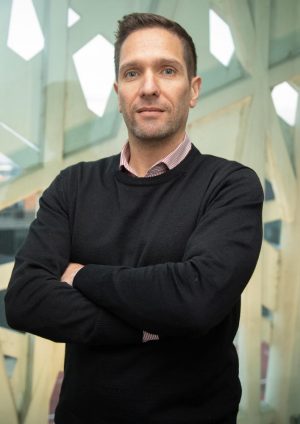 Alessandro Vannini
Alessandro Vannini
Head of Structural Biology Research Centre -
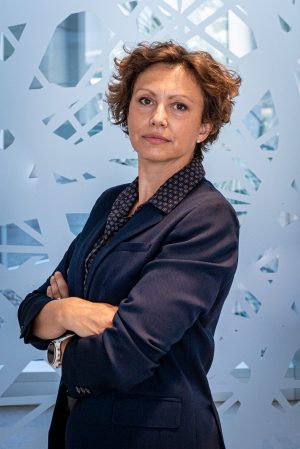 Gaia Pigino
Gaia Pigino
Associate Head of Structural Biology Research Centre -
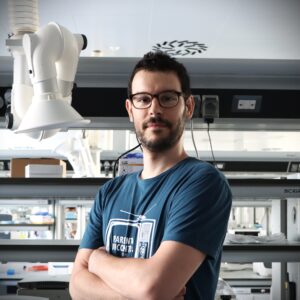 Fabio Baschirotto
Fabio Baschirotto
Postgraduate Fellow -
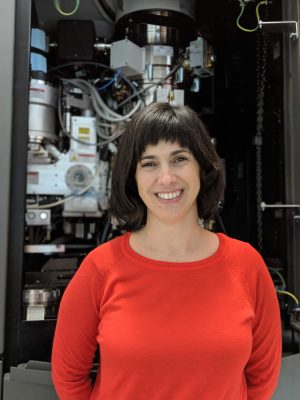 Ana Casañal
Ana Casañal
Research Group Leader -
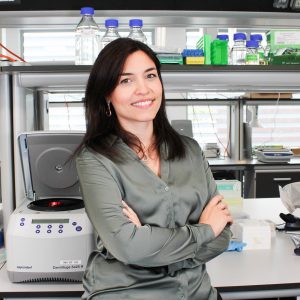 Francesca Coscia
Francesca Coscia
Research Group Leader -
 Philipp Sebastian Erdmann
Philipp Sebastian Erdmann
Research Group Leader -
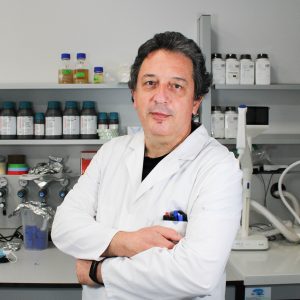 Domenico Gualandi
Domenico Gualandi
Washing, Sterilization and Media Preparation Technician -
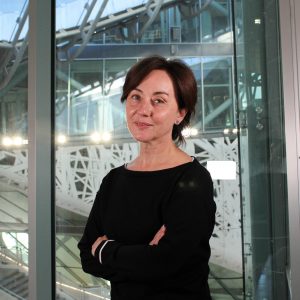 Maurizia Magro
Maurizia Magro
Research Centre Administrator -
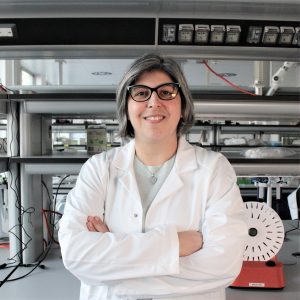 Lucia Massimiliano
Lucia Massimiliano
Technician -
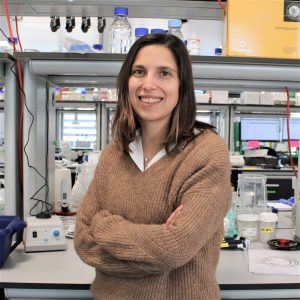 Francesca Milanesi
Francesca Milanesi
Lab Manager -
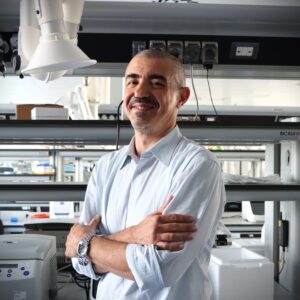 Giuseppe Ossolengo
Giuseppe Ossolengo
Washing, Sterilization and Media Preparation Technician -
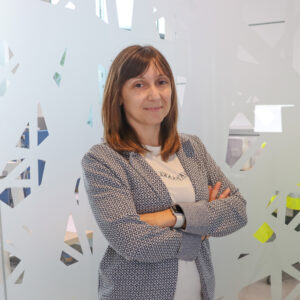 Elsa Rovidone
Elsa Rovidone
Research Centre Assistant

